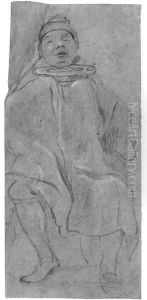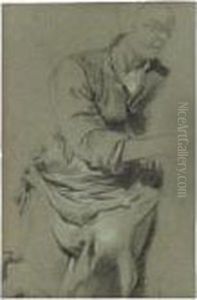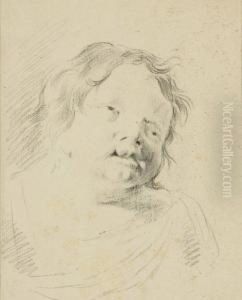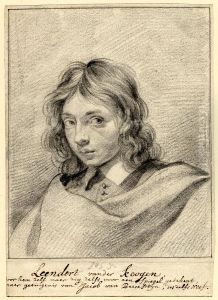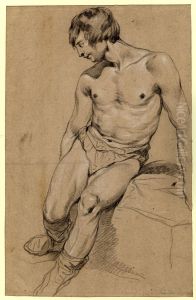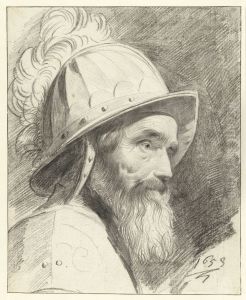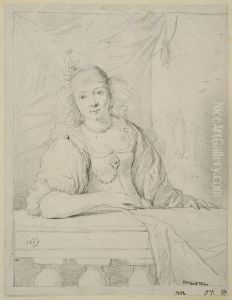Leendert Van Der Cooghen Paintings
Leendert van der Cooghen was a Dutch painter born in Haarlem in 1632. His exact birthdate is not well-documented, but he is known to have been baptized on October 30, 1632. He was active during the Dutch Golden Age, a period in the 17th century when Dutch art, science, trade, and military were among the most acclaimed in the world.
Van der Cooghen initially trained with the Haarlem painter Jacob Willemszoon de Wet. His early work reflected the influence of his teacher and other prominent Haarlem artists of the time. As he developed his own style, van der Cooghen became known for his genre scenes, religious compositions, and portraits. Throughout his career, he displayed versatility in both subject matter and technique.
Despite his talents, Leendert van der Cooghen was not as prolific or as famous as some of his contemporaries like Frans Hals or Rembrandt van Rijn. His paintings, however, were characterized by a keen attention to detail, a strong sense of composition, and the use of light and shadow to create depth and atmosphere—hallmarks of many Dutch Golden Age artists.
In addition to his painting career, van der Cooghen was also active in the Haarlem Guild of St. Luke, a city guild for painters and other artists. He served as a deacon and later as headman of the guild, positions that underscored his respect and standing among his peers in the local art community.
Leendert van der Cooghen's death occurred in 1681 in Haarlem. Although he did not leave behind as large a body of work as some other Dutch masters, his paintings are still studied and appreciated for their contributions to the rich tapestry of Dutch Golden Age art. His works are part of several museum collections, serving as a testament to his skill and the enduring legacy of the period in which he lived and worked.
